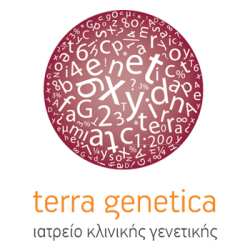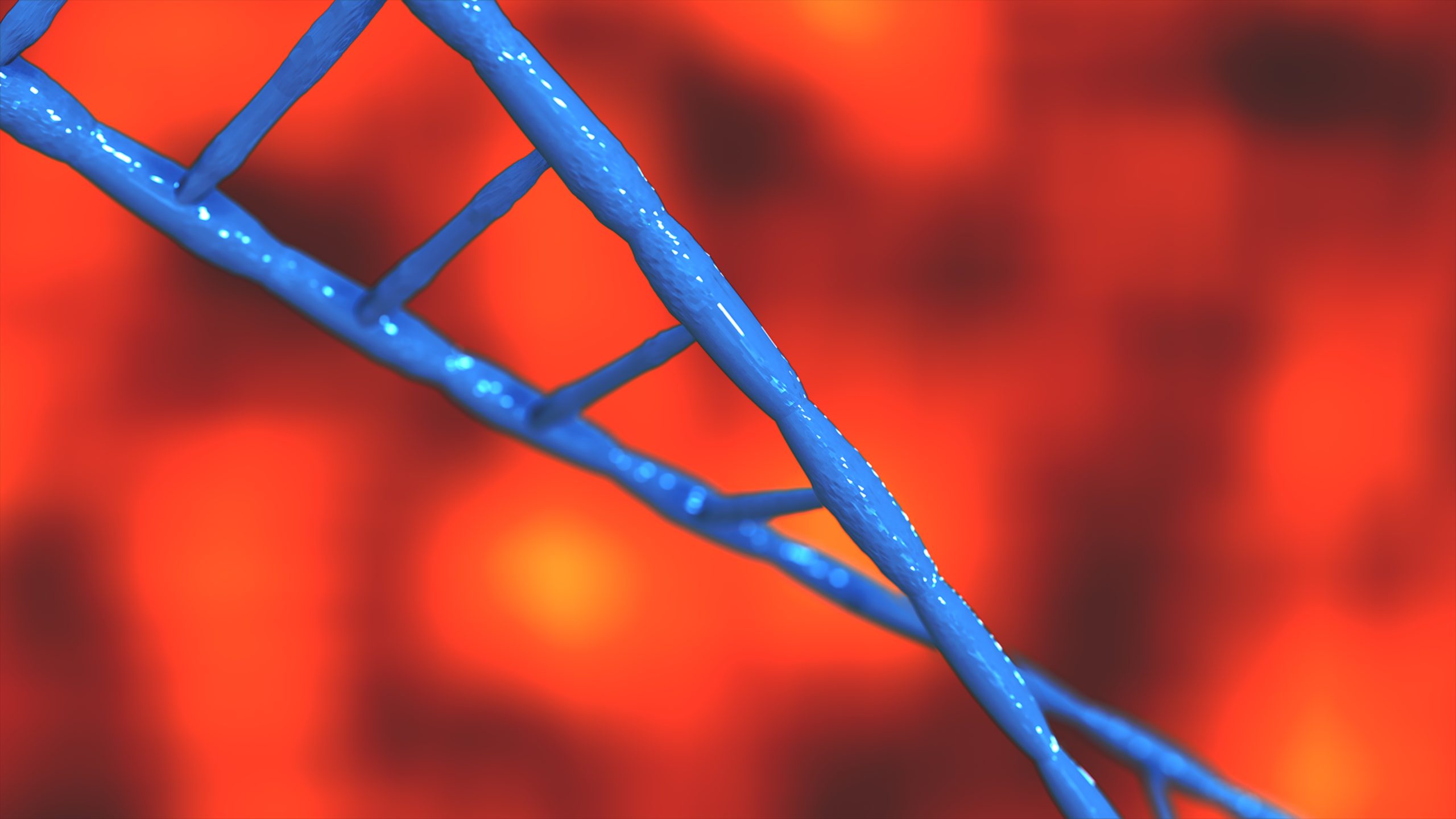Ultrasound examination of the foetus
The result of the ultrasound examination is either normal, abnormal, or uncertain.An abnormal result could mean that a malformation is found, like a heart defect, that the size of the foetus is not as it should be, or that there is too much fluid under the skin. An abnormal result can indicate that the foetus has a syndrome, like trisomy 21 (Down syndrome), or just an isolated developmental defect of an organ like the heart or kidney.
Most uncertain results, often called “soft signs” by the gynaecologist, are found in normal foetuses. The risk that a chromosomal abnormality is found is usually very low, especially when only one “soft sign” is found.
Genetic testing of the foetus
Even when the ultrasound examination is normal, many couples want a very detailed chromosome examination of their foetus just to “be on the safe side”. This test is not only for specific syndromes, like Down syndrome, but a general test of all the chromosomes. It is called a genomic copy number test because it examines if any part of a chromosome, even small very small parts, deviate from the normal copy number. For most chromosomes a copy number of 2 is normal because chromosomes exist as pairs.
The problem with this test is the high sensitivity, which in this case means that one finds too much. Many small deviations from normal copy number are called copy number variants (CNVs), and some are common in the general population. Such variants might be found somewhat more frequently in persons with learning problems, but most individuals with these CNVs are completely normal. In many ways, these findings are reminiscent of the “soft signs” found by the gynaecologist doing ultrasound: an importance of the finding for the future child is low to unlikely. Still, these findings create a lot of anxiety because the medical literature is full of examples of such findings found in an abnormal child. No surprise there – common CNVs are found in everybody, including normal and abnormal children.
When considering if such a CNV can cause problems for a future child, it is important to know the degree of risk reduction that it is possible to achieve with prenatal diagnostics. Most major malformations will be detected by ultrasound, some are part of a syndrome, most are isolated and of less importance. This affects 1-2% of foetuses. The same number of foetuses has a risk of severe learning problems, intellectual disability, or autism, and in this case prenatal diagnostics is only able to detect a few of the cases, less than 10%. If the parents are first cousins, the risk for intellectual disability or a syndrome increases 2-3 fold, but not the prenatal detection rate.
The worrying number for most parents is the 1% risk of intellectual disability. A chromosome test or genomic copy number test will only reduce this risk by, on average, around 10% (dependent on the age of the mother). And then we are talking about clearly abnormal chromosome findings, not the copy number variants mentioned above. This means that a normal non-consanguineous couple without any previous history of intellectual disability in their close family, have a risk of about 1% of getting a child with developmental delay, and this risk is only mildly reduced by doing genomic copy number testing.
Why is this a problem?
So why bother with a copy number variant of dubious importance when most of the real risk for an abnormal child remains undetected? Probably because most people think that the prenatal genetic test is better than it is. Unfortunately, commercial laboratories report these uncertain findings. Then they are in the clear (they cannot be sued for not reporting something), they get their money, and somebody else must deal with the uncertainty, sometimes the couple itself. Often the gynaecologist does not know what to say since genomics is not their field of expertise. Always to be on “the safe side” means that a lot of normal children will be aborted.
The take home message is that you cannot test yourself out of uncertainty – life is an uncertain project, always have been and always will be, even in the era of genomics. Hopefully this blogpost can be helpful for some of these couples by putting the uncertain finding into perspective.
Writes Gunnar Duzgos Hauge

